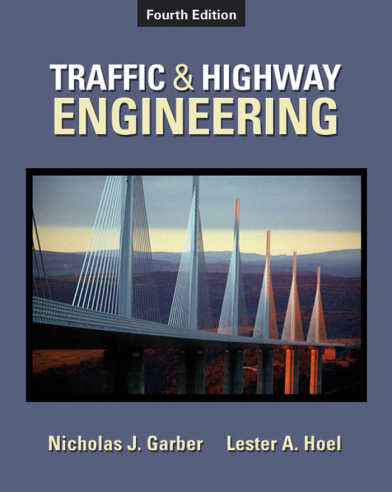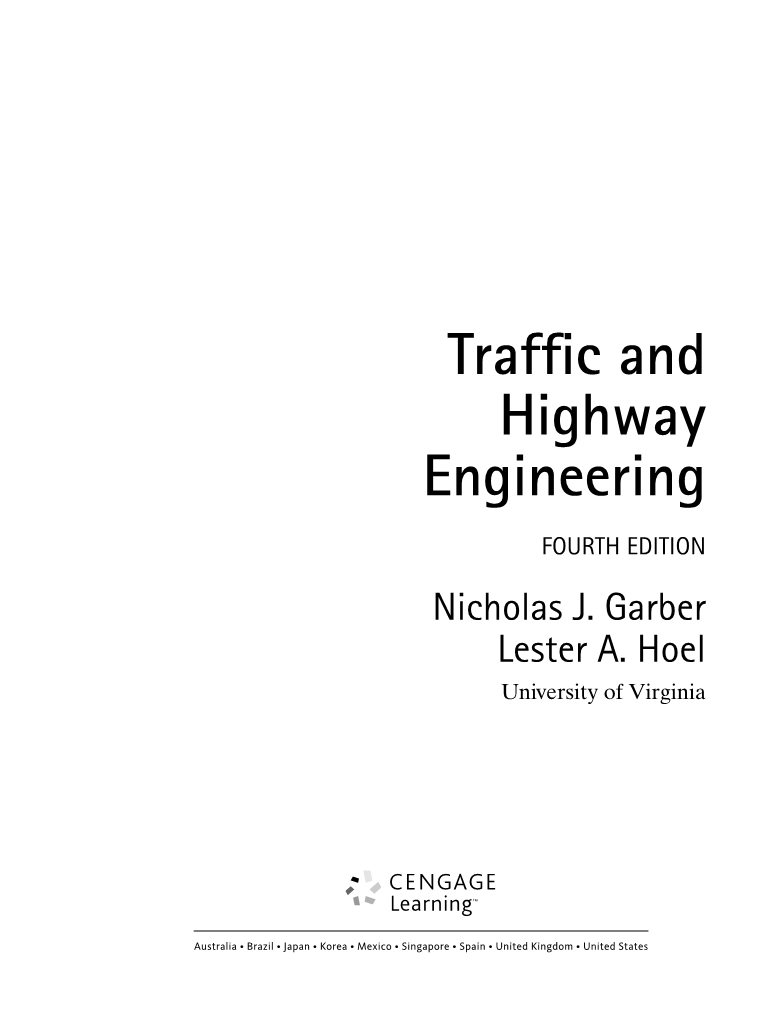英语原文共 1249 页,剩余内容已隐藏,支付完成后下载完整资料
文献翻译
2.2.2Public Transportation
Public transportation is a generic term used to describe the family of transit services available to urban and rural residents. Thus, it is not a single mode but a variety of traditional and innovative services, which should complement each other to provide system-wide mobility.
Transit Modes
The modes included within the realm of public transportation are
Mass transit, characterized by fixed routes, published schedules, designated networks, and specified stops. Mass-transit vehicles include buses, light rail (trolleys) or rapid transit that either share space in mixed traffic or operate on grade-separated rights of way.
Paratransit is characterized by flexible and personalized service intended to replace conventional fixed-route, fixed-schedule mass-transit lines. Paratransit is available to the public on demand, by subscription, or on a shared-ride basis. Examples include taxi, car rental, dial-a-ride, and specialized services for elderly, medical, and other designated users.
Ride-sharing (as the name implies) is characterized by two or more persons traveling together by prearrangement, such as carpool, vanpool, or shared-ride taxi.
Transit Capacity and Level of Service
A basic attribute of any transit mode is its carrying capacity, defined as the number of vehicles or persons that pass a given point in a specified time (usually an hour). The numerical value of carrying capacity (usually referred simply as capacity), is dependent on two variables: (1) the number of vehicles that pass a point at a given time and (2) the number of passengers within each vehicle. For example, if for a given lane along a section of highway there are 60 buses that pass by in an hour (or one per minute), and each bus carries 50 seated passengers, then the carrying capacity of this highway lane is 60 buses/ln/hr or (50) times; (60) = 3000 passengers/ln/hr.
Carrying capacity is influenced by (1) the “spacing” in seconds between each vehicle (called the headway) and (2) the “comfort factor” experienced by passengers (called the level of service). Thus, carrying capacity can be increased in two ways:
(1) reduce the headway or (2) increase the number of passengers per vehicle. In the bus capacity example, the headway was 60 seconds and the level of service was that all passengers had a seat. Time spacing between buses could possibly be reduced, but there are limits to lowering headway values dictated by safe distance requirements between vehicles and/or the time spent at transit stops and terminals (called dwell
time). Similarly, passenger loading could be increased by allowing standees, but this would decrease the comfort level for passengers. Were the bus equipped with computer tables and a refreshment area (thus offering a higher level of service), fewer passengers could be accommodated resulting in a lower carrying capacity but a higher level of service.
Accordingly, when reporting transit capacity, it is important to specify the units as either vehicles or passengers/hour and the corresponding level of service in terms of passengers/vehicle. Public transit is often compared with the automobile when issues of carrying capacity are involved, as it is commonly believed that transit capacity is superior to auto capacity. As will be discussed in greater detail in Chapters 9 and 10, the capacity of a single lane of passenger vehicles is approximately 2,000 vehicles/hour which represents a headway of 1.8 seconds. Since most cars have at least five seats, the person capacity of a highway lane could be as great as
(5)times; (2000) = 10,000 per/hour. Capacities of this magnitude never have been achieved, since most cars carry only one person with an average car occupancy of about 1.5. Why is this so? Have you ever driven in a car carrying five people? Not a pleasant experience, and a reason why car pooling is not very popular. Given the opportunity, most people choose to drive alone or with just one other person.
Travelers usually consider many more factors than simply the in-vehicle level of service, and they donrsquo;t really consider how they can contribute to increasing “carrying capacity.” In fact, if drivers were to optimize the carrying capacity of a highway, they would all drive at 35 miles per hour! Other major considerations in selecting the travel mode include: reliability, punctuality, cost, travel time, and safety. Transit systems that receive “high marks” for the out-of-vehicle level-of-service factors are typically the ones that use exclusive lanes or tracks with no interference from other vehicles or pedestrians and have adequate capacity at station stops and terminals. Thus, rapid- transit services (whether bus or fixed guideway), are the superior mode but are more costly to build and maintain and require high volumes of demand to be feasible.
The carrying capacity of a highway lane and selected transit modes are listed in Table 2.1 in terms of vehicles/hour. The number of passengers/hour is so varied due to assumptions regarding level of service as to be less meaningful, but the reader is encouraged to try various values to see the results. The values shown are of necessity within a range and approximate. However, they are useful to provide perspective for engineers, planners, and public officials to select a mode that will be most suited to accommodate anticipated demand.
Table 2.1 Capacity of Urban Transportation Modes
Mode Capacity (veh/hr)
Automobiles on a freeway 2000 –2200
Buses in mixed traffic 60 –120
Bus rapid transit 150 –300 (single or articulated)
Light rail in mixed traffic 15 –30
Light rail transit 30 – 60 (single or multiple cars)
Heavy rail transit 20 –30 (10-car trains)
The Role and Future of Public Transportation
Public transportation is an important element of the total transportation
全文共37647字,剩余内容已隐藏,支付完成后下载完整资料
资料编号:[453606],资料为PDF文档或Word文档,PDF文档可免费转换为Word
以上是毕业论文外文翻译,课题毕业论文、任务书、文献综述、开题报告、程序设计、图纸设计等资料可联系客服协助查找。




